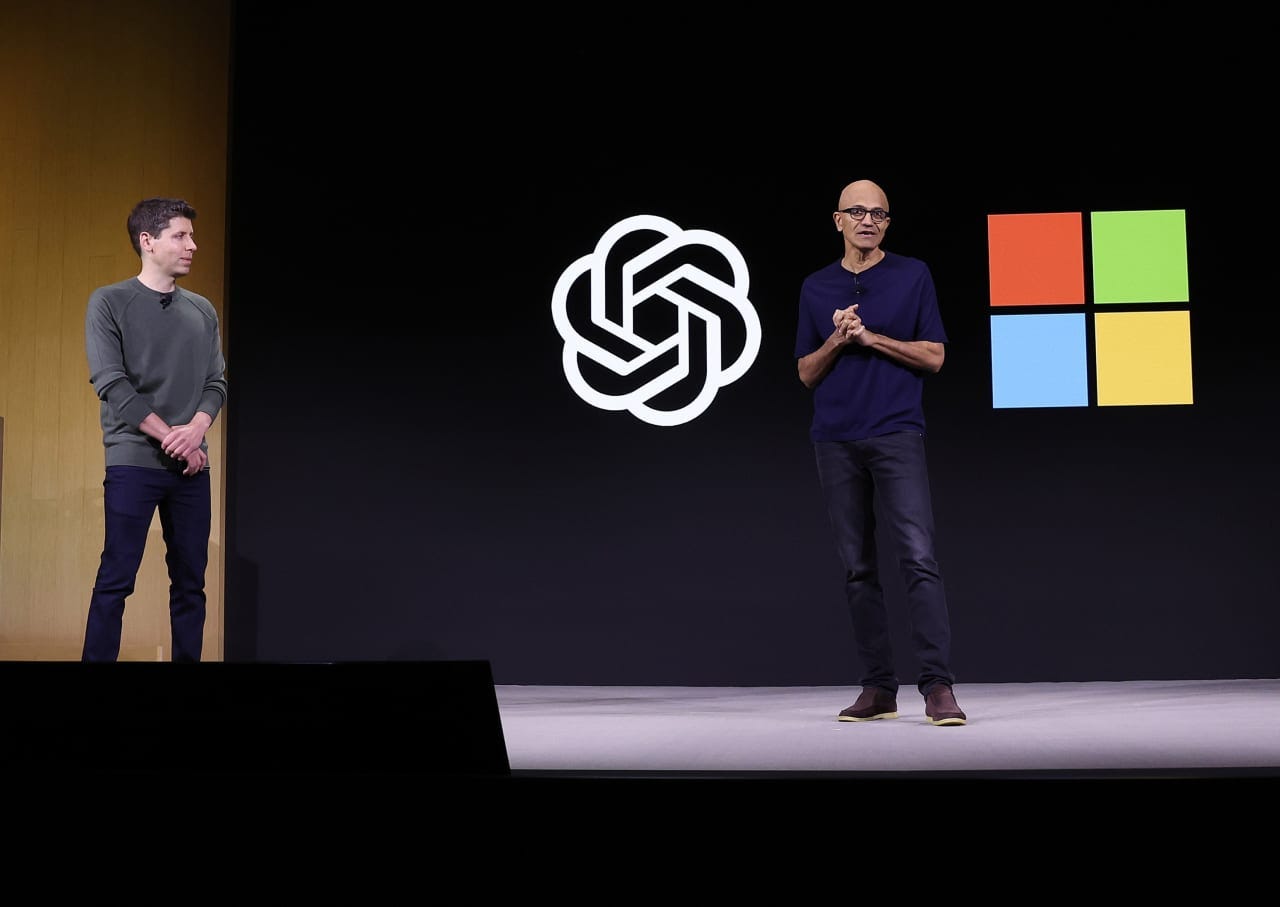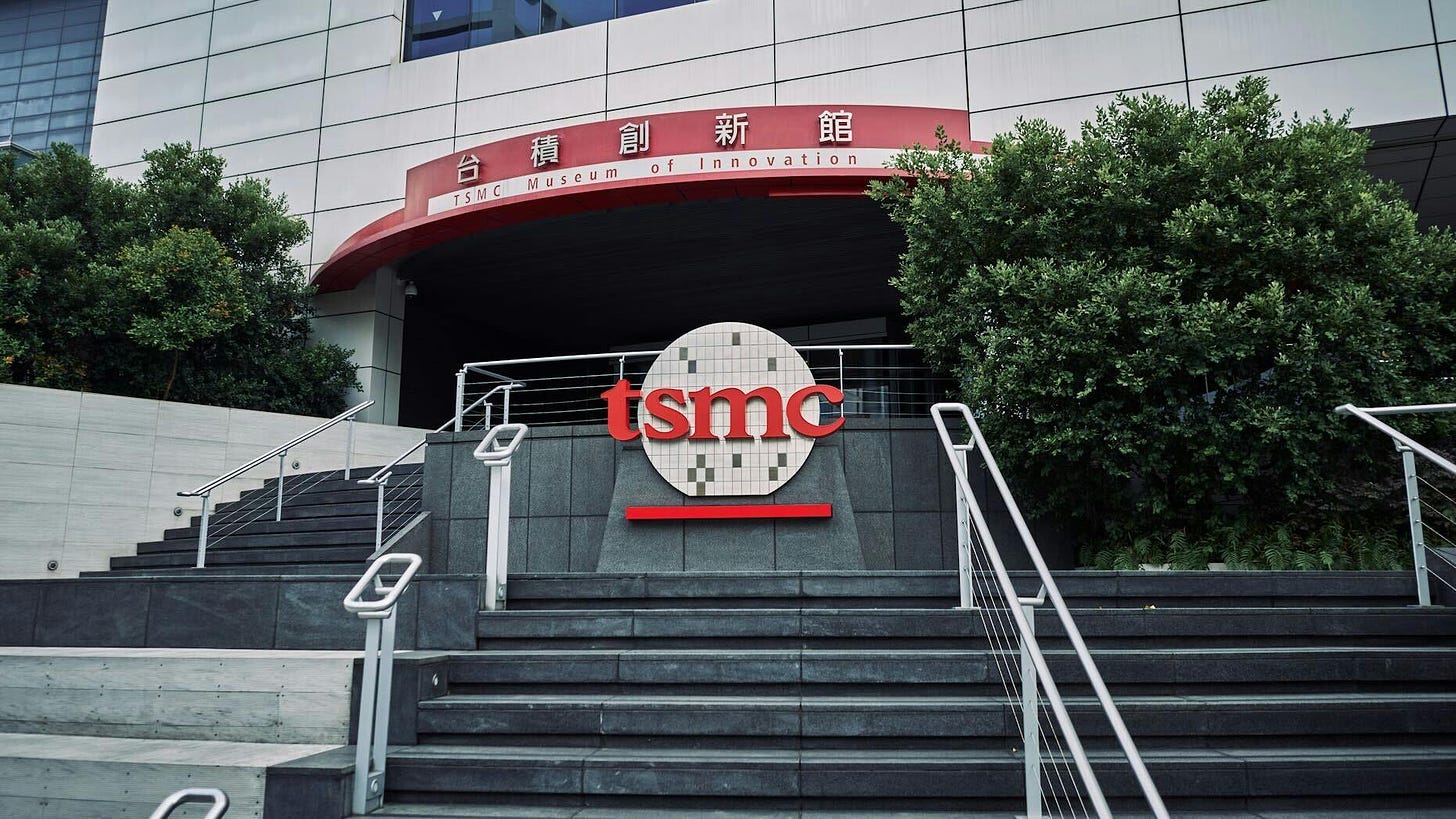
AI: Weekly Summary. RTZ #514
-
OpenAI & Microsoft relationship evolves: The iconic partnership between the two main drivers of AI over the last few years, is seeing changes in their relationship, as both the NYTimes and WSJ highlight. The former piece goes into operational priorities shifting between the two companies, while the latter piece underlines the structural changes underway in their relationship. Particularly as OpenAI morphs from its non-profit structure to a PBC (public benefit corp) structure. Both are to be expected, as OpenAI especially, ramps up its AI infrastructure, organizational, and monetization/funding plans over the next few years. More here.
-
AI data center deals accelerate for Nuclear Power: The last few weeks have seen a decided shift by big tech ‘hyperscalers’ signing up old and new nuclear power plants and technologies to power their rapidly AI Scaling of data centers Amazon was the latest to lean into new nuclear power projects, along with Google, Microsoft and others already leaning in to date. In addition, financial entities like Blackstone and others are also leaning into non-nuclear AI data centers in Europe and elsewhere. All this of course is part of the broader ‘AI Table Stakes’ for next generation AI data centers and Power to run them, that is underway in force. More here.
-
Google Search & AI Management changes: Google is making changes in its Search and AI business management ranks, with the longtime head of its search engine and ads products shifting to a senior technology head role. Prabhakar Raghavan will shift into a ‘Chief Technologist’ role reporting directly to CEO Sundar Pichai, while long time Google exec Nick Fox takes on the search organization. In addition, Google Gemini, which reported to Raghavan, will shift to reporting to Google’s DeeMind AI division, headed by now Nobel prize winning Sir Demis Hassabis in London. The moves shift the teams focused on the consumer Gemini AI apps and technologies, to Google DeepMind, from the Search side. More on Google’s Gemini AI efforts here.
-
Chip behemoth TSMC’s Strong quarter, while ASML shows relative weakness in chip mix: The semiconductor industry, which of course is seeing a massive, secular tailwind from the global AI capex build-out, saw positive earnings results from Taiwan Semiconductor (TSMC). TSM of course produces the majority of the world’s chips in its state of the art ‘Fabs’. And counter-intuitively, there was some chip mix softness at ASML, the leading, Netherlands based provider of AI chip making infrastructure. Their results showed relative softness in the non-AI chip part of their business. TSMC continues to see strong momentum in its overall business, and continues to balance chip production and demand with major customers like Nvidia and others. The two companies’ results highlight the bifurcation of the semiconductor business on the AI and the more typical commodity driven cycles on the non-AI sides. More here.
-
AI founders’ papers and AI ‘Godfather’ profiles proliferate: OpenAI’s Sam Altman & Anthropic’s Dario Amodei pen major AI/AGI essays. The AI essays are worth reading as bookends to the two roadmaps to dramatic, and positive progress towards AGI (Artificial General Intelligence or Superintelligence), over the coming years. Each founder has different approaches, and Anthropic of course hews to its trademark focus on AI Safety. But what’s notable here is the marked shift from AI ‘doomerism’ and AI fears of the last couple of years, with a focus on highlighting the positive possibilities as AI Scales with Trust. A similar view is offered by Meta AI Chief, and ‘AI Godfather’ Yann LeCun, who gets profiled in the WSJ. His is a pragmatic and balanced view on AI benefits as well, with a longer time frame to AGI. He provocatively calls today’s AI ‘dumb as a cat’. All three are worth reading in full. More here and here.
Other AI Readings for weekend:
-
Google’s Notebook LM’s AI podcast generating features, which went viral earlier this month, is seeing new features allowing customization by users.
-
OpenAI laid out its ‘multi-agent’ AI orchestration set of ‘Swarm APIs’, that help build an AI Intelligence Layer across its products and services. More here.
Up next, the Sunday ‘The Bigger Picture’ tomorrow. Stay tuned.
(NOTE: The discussions here are for information purposes only, and not meant as investment advice at any time. Thanks for joining us here)
(NOTE: The discussions here are for information purposes only, and not meant as investment advice at any time. Thanks for joining us here)













